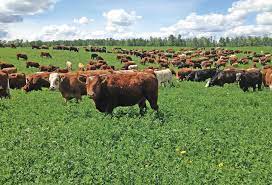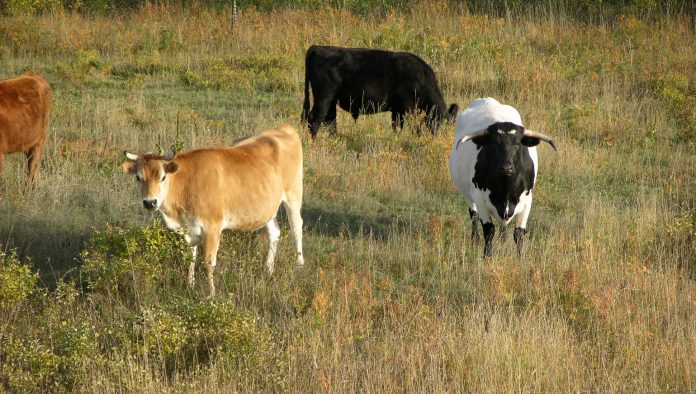In the vast landscapes that define our planet, an ecological challenge quietly unfolds, often overlooked but profoundly impactful: overgrazing. This article delves into the phenomenon of “Green Deserts,” a term encapsulating the adverse effects of overgrazing on our ecosystems. Here, we explore the consequences, causes, and potential solutions to this environmental predicament.
Read more about Agriculture and Environment
Contents
Understanding Overgrazing
Defining Overgrazing
Overgrazing occurs when the land’s vegetation is excessively consumed by livestock, surpassing the ecosystem’s capacity for regrowth. This imbalance disrupts the delicate harmony that sustains biodiversity, transforming vibrant landscapes into barren expanses.
The Domino Effect
The repercussions of overgrazing extend far beyond the immediate trampling of grass. Erosion, soil degradation, and loss of biodiversity amplify the environmental toll. The domino effect, once initiated, jeopardizes the intricate web of life within affected regions.

The Culprits Behind Overgrazing
Livestock Intensity
Intensive livestock farming practices significantly contribute to overgrazing. Concentrated animal populations exhaust available resources, leaving the land unable to recover adequately. Implementing sustainable practices is imperative to mitigate these effects.
Lack of Rotational Grazing
Failure to employ rotational grazing exacerbates the problem. Allowing livestock unrestricted access to large areas without periodic rotation accelerates vegetation depletion. Sustainable land management practices, such as rotational grazing, are crucial for preserving ecosystems.
Environmental Consequences
Erosion and Soil Degradation
Overgrazing intensifies erosion and soil degradation. Without sufficient plant cover, the soil becomes vulnerable to erosion by wind and water. This not only diminishes fertile topsoil but also leads to increased sedimentation in nearby water bodies, further compromising ecosystems.
Loss of Biodiversity
Biodiversity loss is a direct consequence of overgrazing. As native plants disappear, so do the habitats that sustain a myriad of species. This decline ripples through the food chain, impacting both flora and fauna.
Global Impact and Green Deserts
Beyond Local Borders
The repercussions of overgrazing are not confined to specific regions; they transcend borders. Green deserts, once established, become global concerns, affecting climate patterns and contributing to the broader issue of environmental degradation.
Climate Change Connections
Overgrazing plays a role in climate change. As vegetation diminishes, so does the ability to sequester carbon. The release of stored carbon exacerbates the greenhouse effect, contributing to climate change at an alarming rate.
Strategies for Mitigation
Sustainable Livestock Practices
Adopting sustainable livestock practices is pivotal. Implementing rotational grazing, maintaining optimal stocking rates, and promoting responsible land management are effective strategies. These measures not only preserve ecosystems but also ensure the livelihoods of those dependent on agriculture.
Raising Awareness
Education and awareness initiatives are essential components of combating overgrazing. By fostering understanding and promoting responsible land use, we empower communities to be stewards of their environment.
Conclusion
As we navigate the complex terrain of environmental challenges, addressing overgrazing is an imperative step towards sustainable coexistence. Green deserts are stark reminders of the delicate balance we must preserve. By embracing responsible land management, advocating for sustainable practices, and raising awareness, we can confront the reality of overgrazing and pave the way for a greener, more resilient future.



